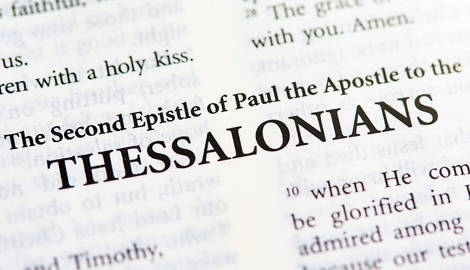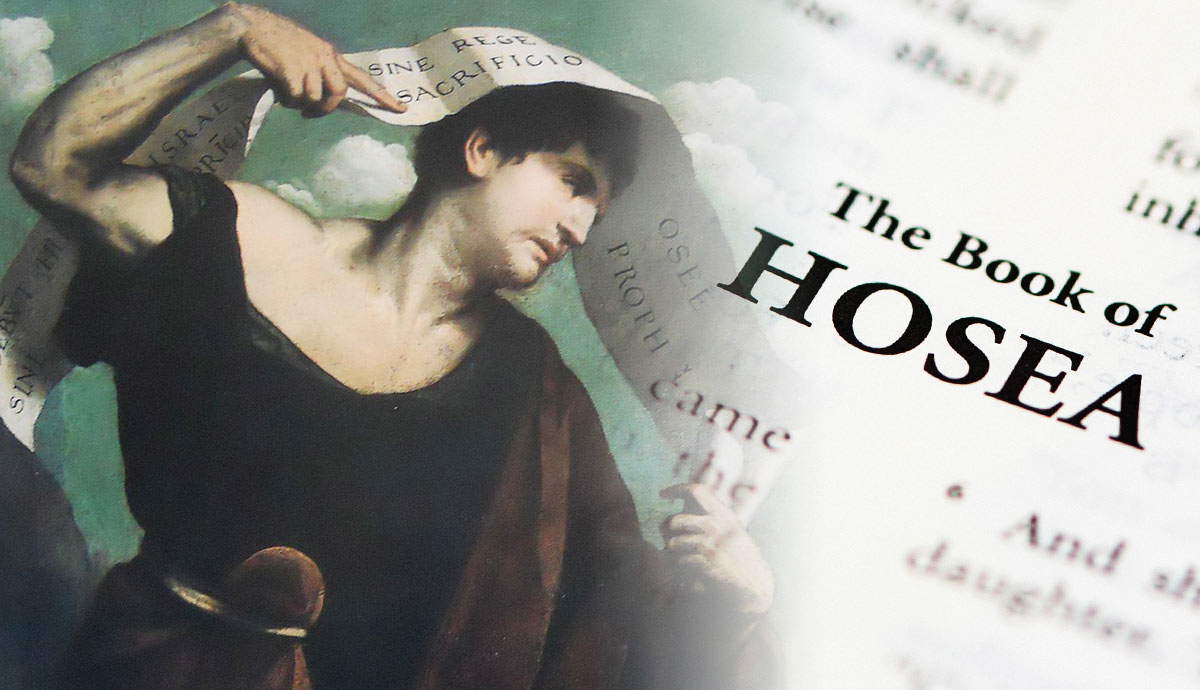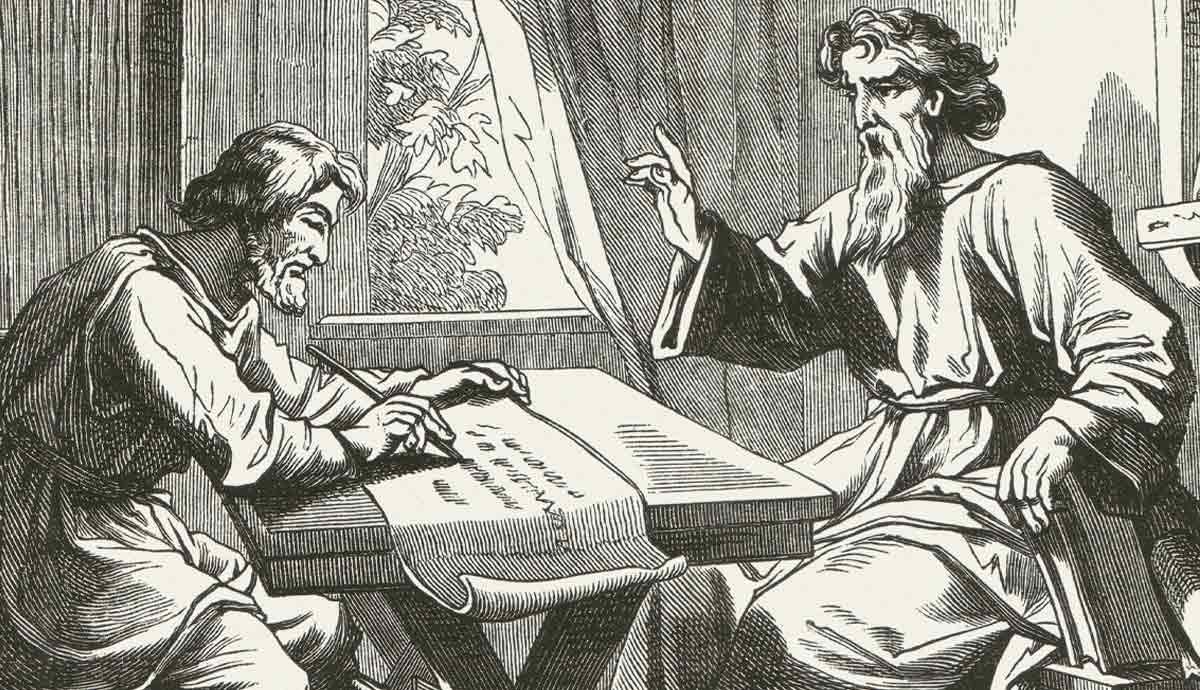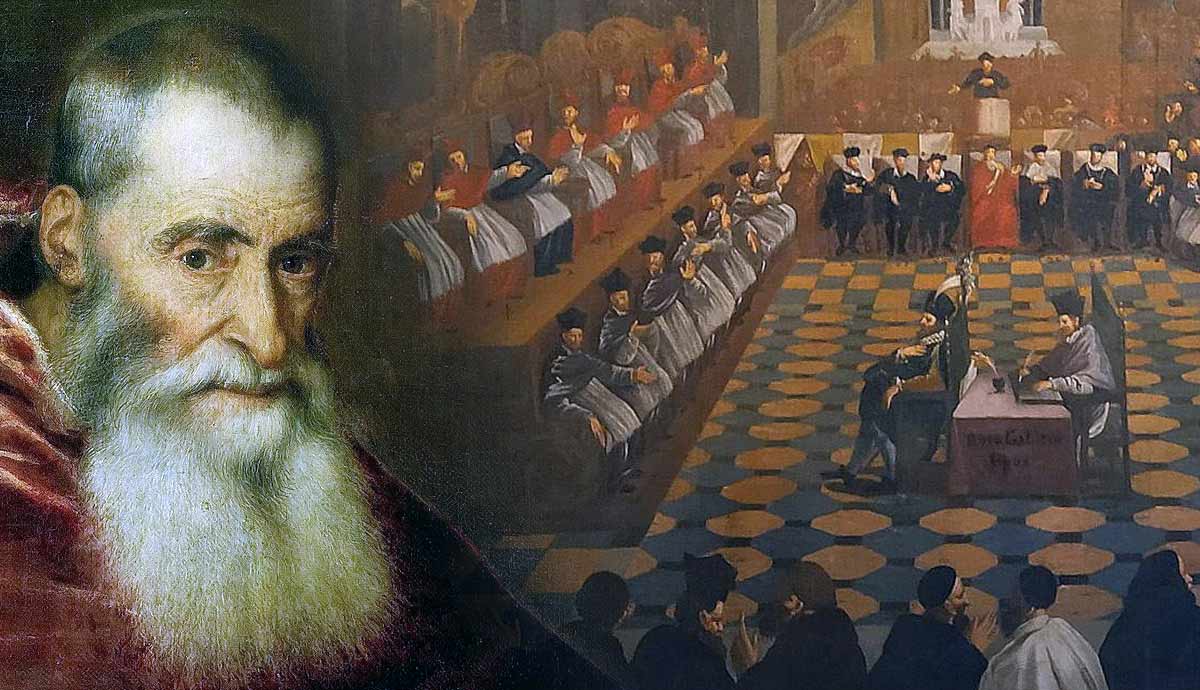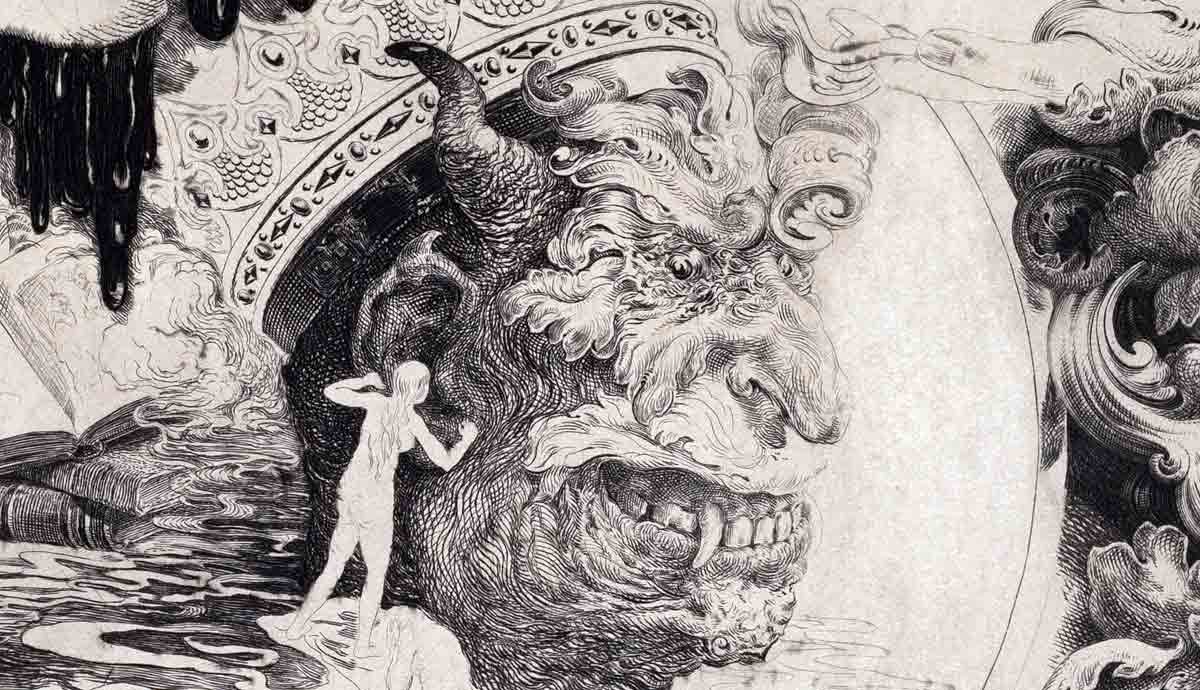
Second Thessalonians deals with the issues that Paul brought up in his initial communication to this congregation. His main emphasis is on Christ’s judgment, and he provides clarification on topics regarding the Second Coming and the arrival of the Antichrist. Although the second letter is much shorter than the first, reading them in order shows the transition from one to the next, even if the author(s) may have been different.
Authorship and Date

Like the first letter to this congregation, Second Thessalonians begins with a verse that indicates it was authored by Paul, Timothy, and Silvanus (Silas). In Second Thessalonians 3:17, it is asserted that Paul is the writer; the text denies any suggestion of someone else writing the letter for him. Several of the early Church Fathers acknowledged the genuineness of the text, either by referencing it or citing passages from it. Irenaeus, Ignatius, Justin, and Polycarp were included in this group.
However, the attribution of Second Thessalonians has become a controversial topic in current research, even though it has been recognized as genuinely written by Paul for numerous years. The belief that the letter is not genuine arises from alleged discrepancies in the structure, style, tone, and theology of First and Second Thessalonians. These challenges emerged starting in the late 17th century.
Those holding an authentic Pauline view date the letter to 51-51 CE, shortly after the first letter. Those who reject Paul as the author tend to date the letter to 80-115 CE, which indicates a significant period between the two letters. This view makes the letter a pseudepigrapha authored after the death of Paul.
Historical Context

From the letter itself, it seems evident that some confusion existed about the sequence of events surrounding the Second Coming. The author wrote the letter to clarify the matter by providing more detail about the events.
There may have been instances where people claimed to be Paul or falsely attributed their teaching as coming from Paul. This idea is supported by the prevalence of pseudepigrapha during the apostolic era and by Paul himself when he states in Second Thessalonians 2:1b-2: “We ask you, brothers, not to be quickly shaken in mind or alarmed, either by a spirit or a spoken word, or a letter seeming to be from us, to the effect that the day of the Lord has come.” Paul was likely aware of people impersonating him to make their teaching seem more authoritative.
Structure

Salutation (Second Thessalonians 1:1-4)
The salutation in the second letter is remarkably like that of the first. It identifies the three individuals the letter comes from and offers the wishes of grace and peace typical of Pauline letters. The author then commends the Thessalonians for their steadfastness and the example they are for other churches.
Judgment at the Second Coming (Second Thessalonians 1:5-12)
Paul speaks to the affliction the Thessalonian believers suffer and assures them that before the Second Coming God will judge the wicked and punish them for their evil deeds. They will be destroyed with “flaming fire.” He then prays that they will remain steadfast in their resolve to glorify God.
The Man of Sin and Lawlessness (Second Thessalonians 2:1-12)
Paul warns his readers not to be misled by false teachers and explains the sequence of events surrounding the man of sin or son of perdition, aka the Antichrist. He reiterates the warning about deception in the end times. This warning emphasizes erroneous teaching will be commonplace in the last days.
Encouragement and prayer (Second Thessalonians 2:13-3:5)
Paul encourages the Thessalonians to stand firm during the times when the things he has just detailed will happen. He asks them to pray for him and his companions as they also suffer affliction.
Warning against Idleness (Second Thessalonians 3:6-15)
Paul warns the Thessalonians against idleness and disorderly conduct among Christians. He instructs that those who are idle and unwilling to work should not be supported and they should earn their own living.
Benediction (Second Thessalonians 3:16-18)
Paul comes full circle in his benediction, wishing the Thessalonians peace and grace.
Main Themes

The primary focus of Second Thessalonians 1 is the righteous judgment of Christ. Christ will ensure that the Thessalonians (and all the saints) do not suffer in vain, as he will punish the wicked and provide relief (verses 6-10). The wicked will face everlasting destruction as their punishment.
Chapter 2 examines the figure of the Antichrist, even though the author refrains from using this specific title. Instead of using the term “antichrist,” Paul refers to him as the “man of lawlessness” and “the son of destruction” while portraying him as someone who exalts himself. This character trait is like the depiction of Satan in Isaiah 14.
The Thessalonians are cautioned against falling for false teachings and are informed about the events that will happen before the lawless one is destroyed by Christ’s breath when he returns (2:8). The Thessalonians are also urged in chapter two to remain steadfast in the teachings of Paul and his associates. They are not allowed to deviate from the truth that has been shown to them.
There seems to have been a problem in the church at Thessalonica where some members were not willing to work but expected others to take care of them. Paul spoke out against these idle members whom he calls “busybodies” which may indicate that their idleness led to other problems in that faith community.
Key Passages

Two passages from Second Thessalonians 2 stand out:
Second Thessalonians 1:6-8
“Since indeed God considers it just to repay with affliction those who afflict you, and to grant relief to you who are afflicted as well as to us, when the Lord Jesus is revealed from heaven with his mighty angels in flaming fire, inflicting vengeance on those who do not know God and on those who do not obey the gospel of our Lord Jesus.”
These verses speak to the end of the affliction of the righteous and the judgment of the wicked when Christ returns. It paints a stark picture of the punishment of the wicked.
Second Thessalonians 2:1-4
“Now concerning the coming of our Lord Jesus Christ and our being gathered together to him, we ask you, brothers, to be quickly shaken in mind or alarmed, either by a spirit or a spoken word, or a letter seeming to be from us, to the effect that the day of the Lord has come. Let no one deceive you in any way. For that day will not come, unless the rebellion comes first, and the man of lawlessness is revealed, the son of destruction, who opposes and exalts himself against every so-called god or object of worship, so that he takes his seat in the temple of God, proclaiming himself to be God.”
This passage identifies several characteristics of the Antichrist in addition to warning the Thessalonians of falsehoods that wicked men will propagate to lead them away from what Paul teaches.

Shortly after, Paul returns to this theme and details how the Antichrist will be destroyed before again highlighting the deception that will draw people away from the truth.
Second Thessalonians 2:18-12
“And then the lawless one will be revealed, whom the Lord Jesus will kill with the breath of his mouth and bring to nothing by the appearance of his coming. The coming of the lawless one is by the activity of Satan with all power and false signs and wonders, and with all wicked deception for those who are perishing, because they refused to love the truth and so be saved. Therefore God sends them a strong delusion, so that they may believe what is false, in order that all may be condemned who did not believe the truth but had pleasure in unrighteousness.”
Significant here is the acknowledgment that Satan can also perform signs and wonders. This teaching aligns with Matthew 24:24 and also calls to mind the magicians of Pharaoh who opposed Moses and Aaron by performing similar miracles (Exodus 7:10-13).
Contemporary Relevance

The consolation that Second Thessalonians 1 presents is just as valid today for those who are being persecuted for their faith. God will, in the end, bring judgment on the wicked and righteousness to the faithful.
The many persons and institutions identified as the Antichrist throughout history is evidence that the warning about false teaching about the man of sin is as relevant today as it was back then. The Antichrist has been identified as Napoleon, the Papacy, Hitler, the Russian Federation, and many others. The warning of Second Thessalonians 2:10 should encourage contemporary believers to study the scriptures to determine the identity of the Antichrist because according to John 17:17, God’s word [the Bible] is truth.
